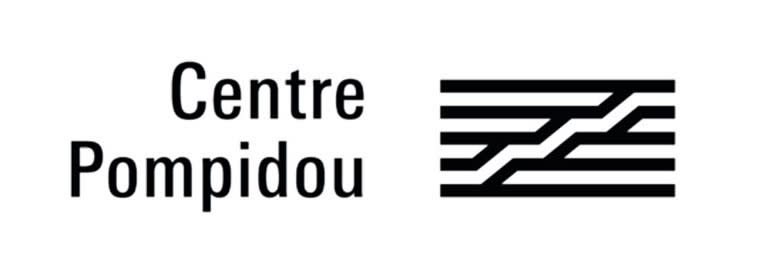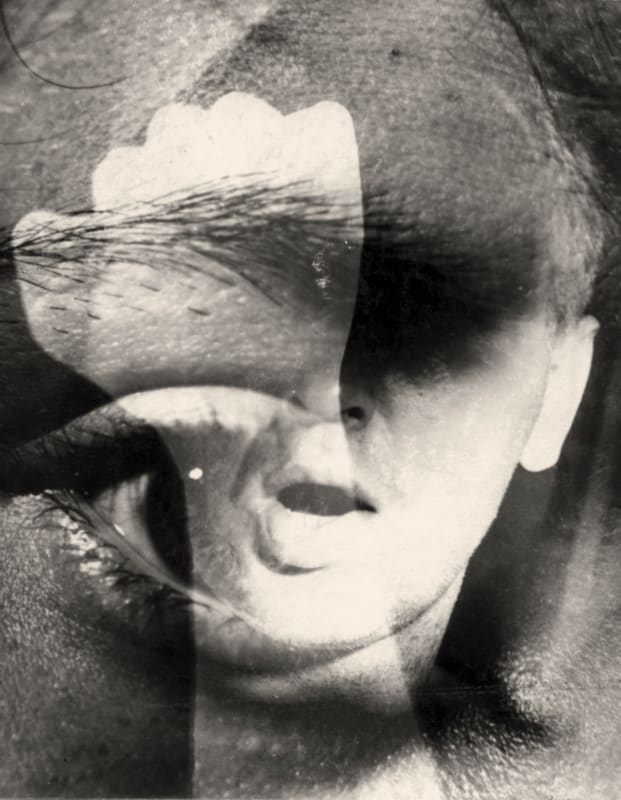Val Telberg
Un surréaliste américain à Paris
The year 2024 marks the centenary of one of the most captivating and influential artistic movements of the 20th century: Surrealism. A hundred years ago, André Breton published the iconic Surrealist Manifesto. To commemorate this anniversary, the Centre Pompidou is hosting a major exhibition, Le Surréalisme d’abord et toujours, and has launched a call for projects as part of A Surrealist Season in Paris. Les Douches la Galerie is proud to participate in this initiative.
From September 12 to November 10, 2024, we will present a new exhibition titled Val Telberg: An American Surrealist in Paris. This exhibition offers the public a chance to (re)discover Telberg's unique experimental work, which features layered images of figures in motion, evoking the dreamlike weightlessness and imagery associated with surrealism. In addition to his photography, Telberg also explored painting, sculpture, and film, and his work is included in numerous major public collections worldwide, including the Centre Pompidou. Four of his photomontages were previously displayed in the Centre Pompidou’s collective exhibition, Corps à Corps – Histoire(s) de la photographie.
EXHIBITION ORGANIZED AS PART OF A PARTNERSHIP BETWEEN THE CENTER POMPIDOU, THE ASSOCIATION ANDRÉ BRETON AND THE COMITÉ PROFESSIONNEL DES GALERIES D'ART.

OPENING ON SEPTEMBER 18, 2024, FROM 6PM TO 7PM
Les Douches La Galerie:
https://www.lesdoucheslagalerie.com/en/exhibitions/148-val-telberg-un-surrealiste-americain-a-paris/
Pompidou Exhibition Surréalisme 4 Sep 2024 - 13 Jan 2025:
https://www.centrepompidou.fr/en/program/calendar/event/gGUudFS
Pompidou, Artist, Val Telberg:
https://www.centrepompidou.fr/fr/ressources/personne/XAD3LKp
Date: Tue, Sep 17, 2024 at 7:45 AM
Subject: Val Telberg show at the gallery
I hope you're doing well.
This message is to inform you that tomorrow we have the pleasure of opening at the gallery, two exhibitions related to surrealism. One is dedicated to Man Ray's tapestries 'Revolving Doors' and the other to Val Telberg 'An American Surrealist in Paris'. We are very happy to display once again on our walls the work of Val Telberg, which we always appreciate.
The Val Telberg show at the gallery s echoing the Centre Pompidou's Surrealism centenary exhibition (Surréalisme, September,2024 - January 13, 2025). The result of a collaboration between the Comité professionnel des Galeries d'art, the Association Atelier André Breton and the Centre Pompidou. This is a unique event, which deserves to be hailed : thirty-six galleries in Paris , as well as several bookshops, are echoing the Centre Pompidou's Surrealism centenary exhibition.
You will find attached some visuals of the exhibition as well as the press kit.
Please do not hesitate to contact us for any further information.
We would of course be delighted to welcome you to Paris if your path leads you to France
With my best wishes
Françoise
Françoise Morin
Les Douches la Galerie
5 rue Legouvé
75010 Paris
01 78 94 03 00
Man Ray
Revolving Doors - Sept tapisseries
12 Septembre - 10 novembre 2024
Vernissage le mercredi 18 septembre
Val Telberg
Un américain surréaliste à Paris
12 septembre - 10 novembre 2024
Vernissage le mercredi le 18 septembre
Membre du Comité Professionnel des Galeries d'Art
Member Association of International Photography Art Dealers (AIPAD)



















.jpg)
.jpg)
.jpg)
.jpg)
.jpg)
.jpg)
.jpg)
.jpg)
.jpg)
.jpg)







